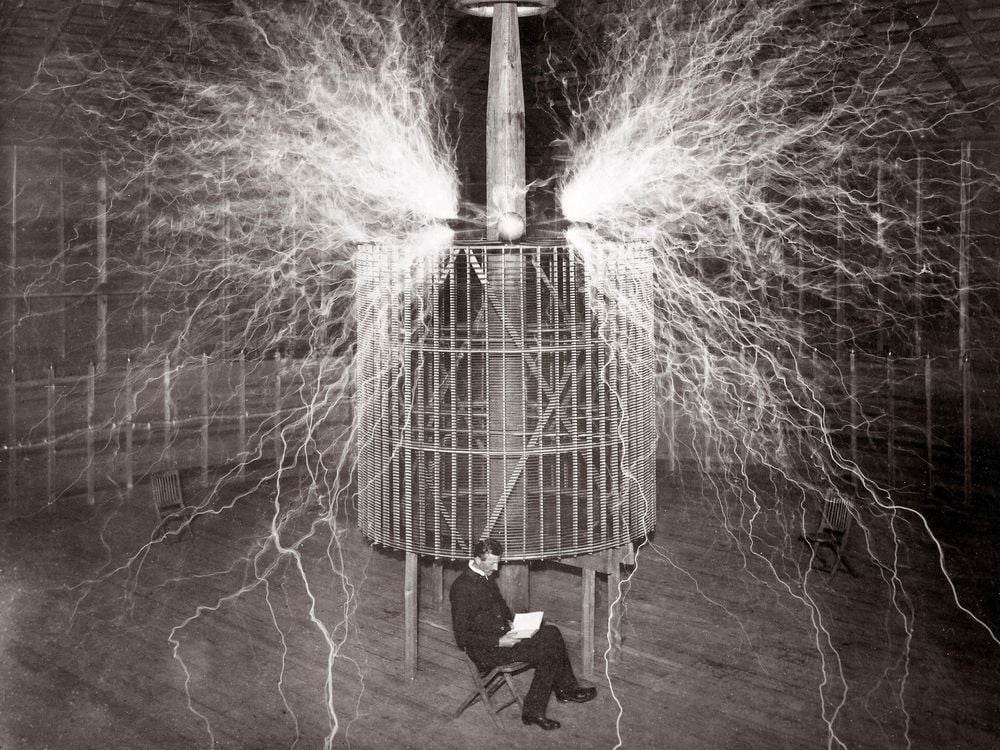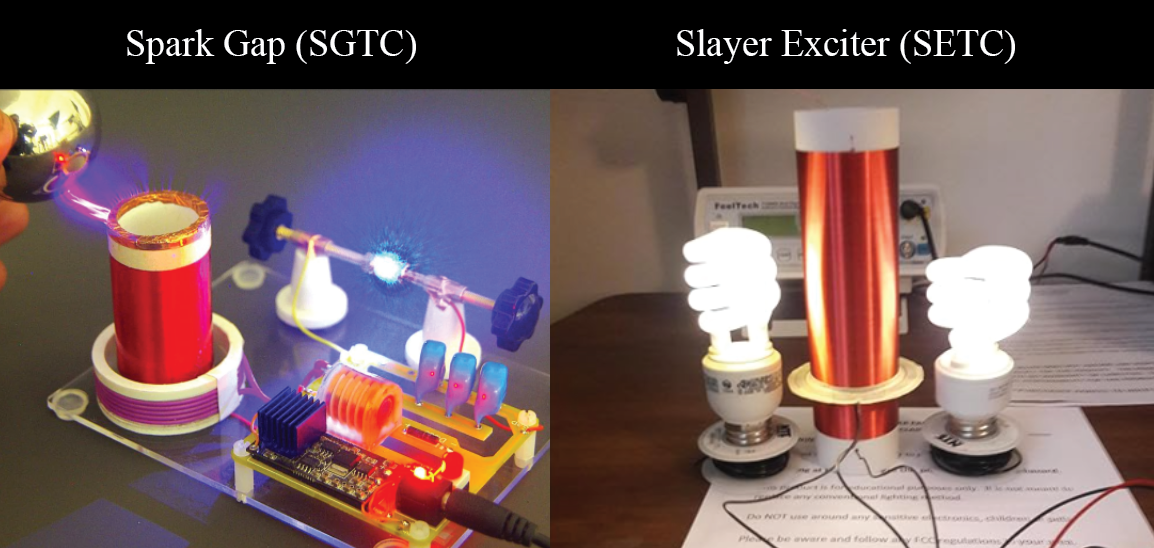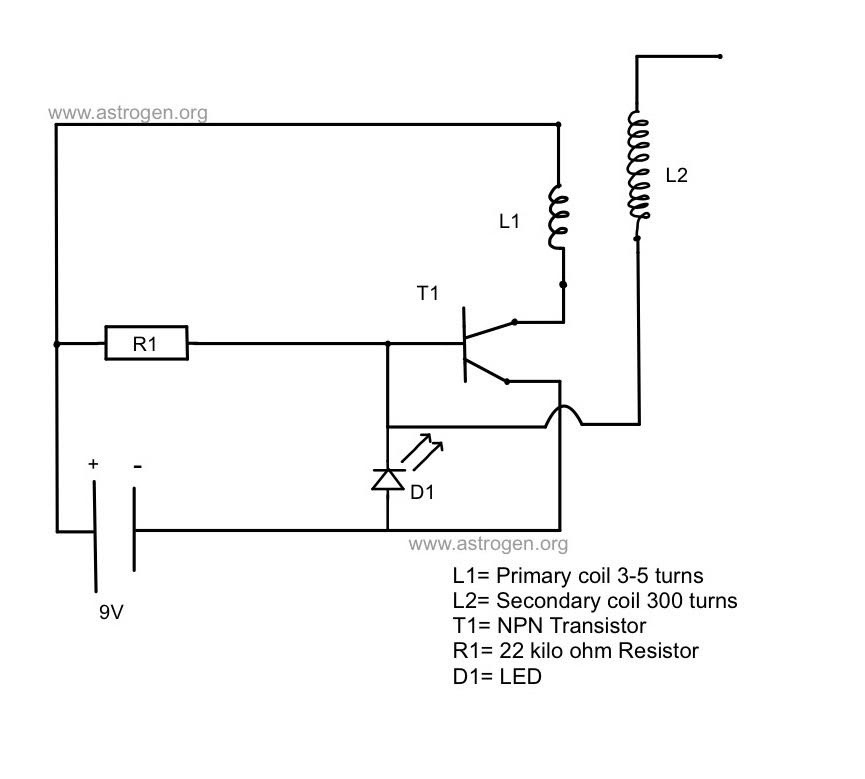
So you’ve heard about the Tesla coil, right? Maybe you’ve seen them in science museums, shooting out electric arcs like something from a mad scientist's lab. But did you know that this incredible invention by Nikola Tesla was one of the first devices to produce truly high-voltage electricity? Even though he invented it back in 1891, the Tesla coil still makes an impact on technology today! Let’s dive into the world of Tesla coils: where they came from, what they do, how you can make one (or two!), and why they still matter.
What is a Tesla Coil?
A Tesla coil is a high-frequency, resonant transformer circuit capable of producing high-voltage electricity at low current. This device was Tesla’s answer to generating high voltages to experiment with wireless transmission of electricity—no wires needed. Tesla’s vision was to create a global system of wireless power, illuminating homes, cities, and even powering vehicles from a distance. The Tesla coil consists of two primary parts:
- The Primary Coil: Carries a lower-voltage current that builds up in pulses.
- The Secondary Coil: Steps up the voltage from the primary coil and releases it in bursts of high-frequency energy, creating electric arcs.
Tesla dreamed big with this technology, envisioning a world connected by free, wireless power. While his vision hasn’t been fully realized, the Tesla coil opened doors for many modern wireless technologies. Photo by Alpha Link Technology
Photo by Alpha Link Technology
Why Tesla Coils Still Matter Today?
Tesla’s goal of powering everything wirelessly may still be on the horizon, but his work with high-frequency currents and resonance formed the basis for technologies we use every day:
- Wireless Communication: The high-frequency AC currents used in Tesla coils are fundamental to modern wireless technology, such as radio, Wi-Fi, and Bluetooth. Whether you're streaming music, making a call, or browsing the internet, you’re benefiting from the principles Tesla pioneered over a century ago. His exploration of electromagnetic waves and wireless energy transmission opened the door for these technologies to thrive.
- Neon Lighting & Fluorescent Lamps: Tesla coils create intense electric fields that are very similar to the ones used in neon signs and fluorescent lamps. The ability of Tesla's coils to generate high-voltage, low-current electricity is what allows these light sources to glow. Next time you pass a neon sign, remember that it’s thanks to Tesla's research in electrical fields that we have this stunning form of lighting today.
- Medical Imaging: The concept of resonance that Tesla explored in his work is a fundamental principle in technologies like MRI machines. These machines use magnetic resonance imaging (MRI) to create detailed, 3D images of the inside of the human body. Thanks to Tesla’s contributions to understanding resonance and high-frequency currents, doctors can diagnose illnesses and monitor health more effectively with non-invasive procedures.
- Power Transmission & Wireless Charging: Tesla’s ideas continue to influence modern efforts to transmit electricity wirelessly. Technologies like inductive charging for electric vehicles and wireless charging pads for devices like smartphones rely on the same electromagnetic principles Tesla experimented with. We’re closer than ever to realizing his dream of a world powered by wireless energy, with applications in consumer electronics, vehicles, and even industrial uses.
- Tesla Coils in Entertainment & Research: Tesla coils are still used today in educational demonstrations, science museums, and even in special effects for movies and performances. Their dramatic visual displays of lightning-like arcs continue to capture our imaginations. But beyond entertainment, Tesla coils are also used for research purposes in areas like high-voltage science, electrical engineering, and the study of plasma physics.
Tesla’s coils were more than just high-voltage toys—they introduced groundbreaking concepts that power our wireless, connected world today, influencing everything from communication technologies to medical imaging and energy transmission. His work, though over a century old, remains vital to how we innovate and interact with the world around us.
Types of Tesla Coils:
Tesla coils have evolved since Tesla's time, and two main types are commonly built today:
- Spark Gap Tesla Coil (SGTC): The “classic” Tesla coil, using a spark gap to create a high-voltage circuit. This type can produce those iconic, big sparks and is closer to Tesla’s original design.
- Slayer Exciter Tesla Coil (SSTC): A simpler, modern version. Instead of a spark gap, it uses transistors and electronic circuitry to drive the coil, producing smaller, controlled sparks. It’s safer and easier for beginners, making it popular in hobbyist circles.
Both types are fun to build, and each has unique strengths. Which one would you like to build one for yourself? Let’s go over how to craft each! Photo from Amazon
Photo from Amazon
How to Make a Spark Gap Tesla Coil (SGTC)
Collect the following components:
- Primary Coil: Copper tubing (8–10 turns)
- Secondary Coil: 22 AWG copper wire, PVC pipe (1000-1500 turns)
- Capacitors: High-voltage capacitors (for example, 0.01 μF, 10 kV)
- Spark Gap: Adjustable metal electrodes
- Transformer: 9 kV to 15 kV transformer (like a neon sign transformer)
Building the SGTC:
- Secondary Coil Calculation: Calculate the inductance (L) and resonance frequency (f) for tuning: L= (N2×μ×A)/l where
N = number of turns
μ = permeability of air,
A = cross-sectional area
l = coil length. - Primary Coil Tuning: The primary and secondary coils need to resonate at the same frequency. The capacitance (C) of the primary tank circuit can be estimated as: C = 1/(2πf)2L
where f is the target resonance frequency (typically between 100–300 kHz). - Capacitor Bank: Set up a capacitor bank to achieve your calculated capacitance value, wiring them in parallel or series.
- Spark Gap Setup: Set up a spark gap with adjustable electrodes, ideally around 1/8 inch apart. This acts as the “switch” to allow current to flow at high voltages.
- Power Up: Connect the transformer to the primary coil and capacitor bank, and slowly increase the voltage. The SGTC should produce large, classic Tesla coil sparks!
 Here's what our one looked like!
Here's what our one looked like!
How to Make a Slayer Exciter Tesla Coil (SSTC)
Collect the following components:
- Secondary Coil: 22-28 AWG copper wire, PVC pipe (800–1000 turns)
- Transistor: NPN transistor (like TIP31C) to control current
- Power Source: 9V-12V DC Battery
- Resistor: 22Ω resistor
- Primary Coil: 3-5 turns of insulated copper wire
- Diode: Red or Green LED
Building the SSTC:
- Winding the Secondary Coil: Use a thinner wire (22-28 AWG) and wind 800-1000 turns on a PVC pipe to form the secondary coil.
- Calculating Resonance Frequency: Calculate the inductance of the secondary coil and use a frequency calculator to match it to the transistor.
- Primary Coil Tuning: Wrap 3-5 turns of wire around the base of the secondary coil, ensuring it’s loose enough to be adjusted.
- Circuit Assembly:
- Attach the power supply to the transistor, resistor, and primary coil in a simple oscillator circuit.
- Place the primary coil at the base of the secondary, and connect it to the transistor’s collector with the resistor in line.
- Power Up: Connect the circuit to a 9V DC battery. The SSTC will produce smaller, controlled sparks (and glow fluorescent bulbs nearby!).
 This is how simple the circuit of a SSTC can be!
This is how simple the circuit of a SSTC can be!
Future Potential of Wireless Energy Transmission
While Tesla’s vision of wireless power hasn’t fully come to life, we're closer to achieving it now than ever before. Companies are experimenting with wireless charging for phones, laptops, and even electric vehicles. Imagine being able to walk into a room and have all your devices charge automatically! In a world where wireless tech is becoming essential, Tesla’s ideas are more relevant than ever. Whether it’s using electromagnetic waves for charging or building new ways to transmit power, the principles behind Tesla’s coils are still shaping our future. One day, you might wake up, hop into your electric car, and never need to charge it—thanks to a wireless charging system built into the road, inspired by Tesla’s ideas. Who knows?
The Tesla coil is more than a lightning machine; it’s a bridge from the past to the future, connecting early discoveries to the wireless, electrified world we live in today. So whether you’re building one to explore science or just for the love of sparks, remember that you’re part of a legacy. Tesla’s inventions didn’t just change his world—they’re shaping ours, too. So, happy zapping, and here’s to sparking the future!